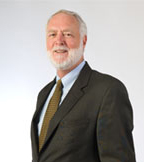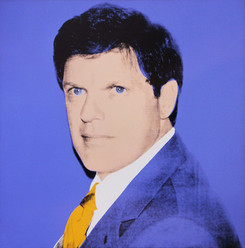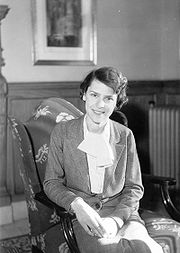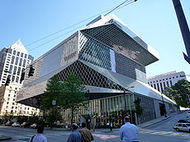What gets measured gets done: it’s an old management maxim, and it’s often the, or at least a, reason that businesses go wrong. If you pay CEOs by how many people they manage —
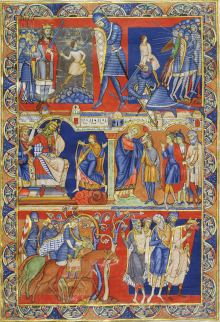 as the U.S. once did — they will bloat their staffs. If you pay them by the price of their company’s stock, they will take measures that drive up that price now, often at the expense of the company’s longterm prospects.
as the U.S. once did — they will bloat their staffs. If you pay them by the price of their company’s stock, they will take measures that drive up that price now, often at the expense of the company’s longterm prospects.
The pay of museum directors and curators isn’t related to attendance figures — I don’t think. But they, trustees, funders and the media pay a lot of attention to foot traffic, myself included. The “gate” doesn’t generally contribute all that much to a museum’s earned income, but we all still use attendance as a measure of success.
And it should be, partly.
But a visit to the Morgan Library & Museum* on Sunday afternoon got me thinking about other measures of success. I had heard, incorrectly it turned out, that the Morgan’s attendance this year was down by a show-stopping 38%. So I was paying close attention when I went through three shows.
Pages of Gold: Medieval Illuminations From the Morgan was packed, possibly because it was the last day. But something else was going on: people were really, really looking hard at these beautiful manuscripts (that’s Scenes From the Life of David, from the Winchester Bible, above). The average time people now spend before museum pictures is said to be 3 seconds, down from 7 seconds about a decade ago. Not here.

